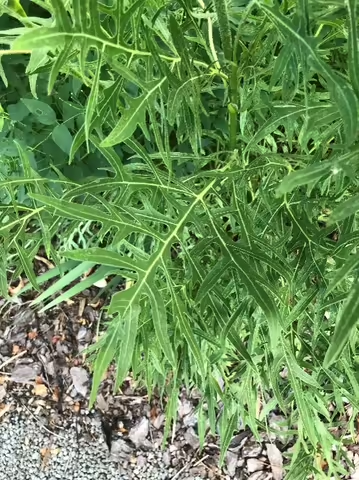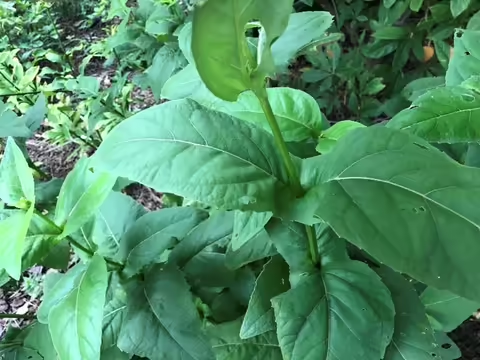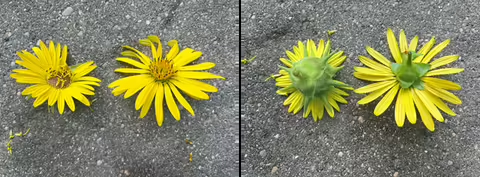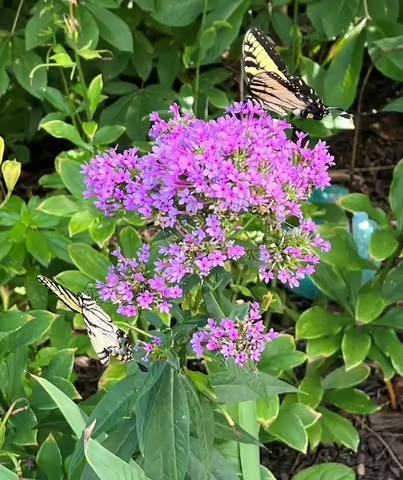I admire the knowledge of plant biologists, especially that group of expert botanists who make me feel like a novice in comparison…those are the people I love to hang around with at any given opportunity to improve my own skills and knowledge. Every time I look up a plant description, a little place in the back of my mind remembers that someone or a group of someones very similar at some point in history discovered my exact plant of interest, describing it in extreme detail and giving it a scientific name for the first time. And when more than one discovered it without knowing of the other, a group of experts worldwide got together to decide which scientific name should be accepted over the other and what attributes defined it as a member of a certain plant family so everyone around the world was on the same page. And that was after someone recognized and proved that two or more plant species with different scientific names were really the same thing. Its rather amazing if you think about it!
I was recently looking at two Silphium species in my garden, comparing the differences between the cup plant (S. perfoliatum) and the compass plant (S. laciniatum). Looking at the two plants side by side, they are rather easy to tell apart. The largest distinction to me is the leaves. The leaves of both are broadly lanceolate, but the leaves of the compass plant are deeply lobed (pinnatifid), whereas the leaves of the cup plant are more coarsely toothed. The leaves of the cup plant form opposite of each other and quite distinctly join around the central stem to form a cup capable of holding water, hence the common name. The leaves of the compass plant are in an alternate arrangement.
But what if I only had a single flower for comparison for deciding which was which? Could I tell them apart even though I know both produce yellow daisy-like flowers of similar size? The answer is yes, though not as easily with the naked eye viewing the front face of the flower compared to the backside. Flipping the flower to inspect the involucre, which is the whorl of leaf-like structure immediately below the flower head on the backside of the flower, one would see the phyllaries (individual component of the involucre) on the compass plant are covered with fine white hairs which making them coarse to the touch. Whereas the phyllaries of the cup plant are glossy and hair-free. From the top view, a bit more expertise and a better set of eyes than I possess would be needed to compare the sterile disk flowers, fertile ray flowers and the resulting achenes (one-seeded dry fruit that does not open to release seed). To me and my current level of expertise and vision, they both look rather similar, but I assure you there are differences. That said, my husband’s level of plant identification skill is whether the plant in question is a tree, a bush, a flower, or grass, and he is perfectly happy taking it no further. He prefers to just make up a name like “Fruitillaria” if called upon to identify a plant. That leaves me the reining expert at least in my own little jungle.
Phlox paniculata “Jeana’ just gets better every year. Like many perennials, it will take a few more years of growth before reaching its full expected mature height of five feet. The bloom in my planting is already quite spectacular after only 3 years in the ground. Because it has a cultivar name, one might think ‘Jeana’ is a hybrid cultivar, meaning a human controlled its parentage in some manner, making it to some not a true native. Not so in the case of ‘Jeana’. It was noticed and collected from a wild population by its namesake Jeana Prewitt, who found it growing along the Harpeth River near Nashville, Tennessee. What stood out compared to all the other phlox in the area was its mildew-free foliage, which I’m happy to report has carried through to my garden site.
As demonstrated, Phlox paniculata ‘Jeana’ is a US native, but more specifically an ecotype found in Tennessee. Who knows, maybe we have a similar ecotype in Illinois but is just hasn’t been recognized for its garden potential yet. That makes me think of a butterflyweed I grew from seed collected from a population that originated on a clay prairie and sold as Asclepias tuberosa var. clay. I’m pretty sure the variety name “clay” has not been officially recognized yet I can attest the plant does look physically different from my other butterflyweed in terms of height, internode length, and leaf size. In addition, it germinates significantly later in my garden than my otherwise “straight species” or ecotypes. Yet most important to me as a gardener, is its equal attractiveness to monarch butterflies for egg laying and as a larval food source for monarch butterfly caterpillars.




